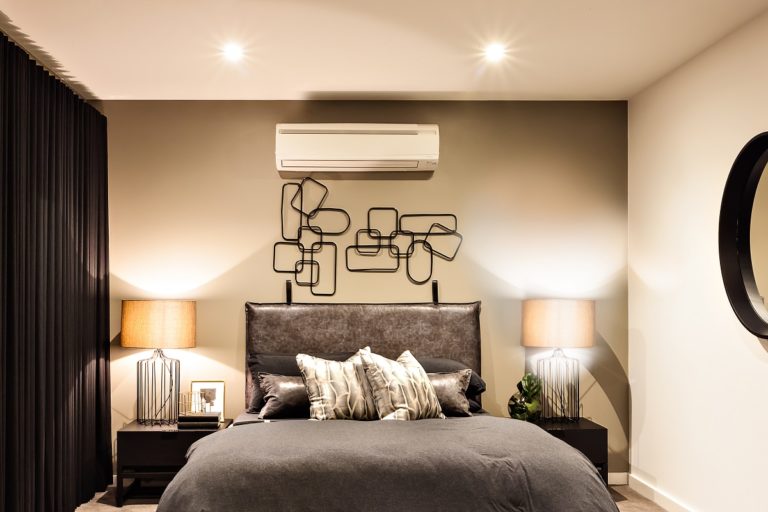Roof installation is a critical aspect of home construction and maintenance that ensures the safety and comfort of your living space. This comprehensive guide will provide insights into the process, the materials used, potential pitfalls, and expert recommendations. Knowing what goes into roof installation can save homeowners significant time and money in the long run.
A roof is more than just a cover over your head; it’s a fundamental component that protects against the elements and enhances the architectural aesthetics of your home. Whether you’re building a new house or replacing an existing roof, the decisions you make will have lasting impacts.
From choosing the right materials to understanding the installation process and its associated costs, being well-informed will aid in making the best decisions for your home. This guide aims to cover everything you need to know to ensure a seamless roof installation experience.
What Are the Different Types of Roofing Materials?
One of the first decisions in roof installation is selecting the type of roofing material. Asphalt shingles are the most popular choice due to their affordability and versatility. They come in various colors and styles to suit different architectural designs. However, their lifespan is shorter compared to other materials, requiring more frequent replacements.
Metal roofing is gaining popularity for its durability and energy efficiency. It reflects solar heat, which can reduce cooling costs significantly. Though more expensive upfront, metal roofs can last for over 50 years with little maintenance. They are also more suitable for areas prone to extreme weather conditions.
Tile roofs, made from clay or concrete, offer excellent aesthetic appeal and longevity, often lasting over a century. They are fire-resistant and perform well in hot climates. However, tile roofs are heavy and may require reinforced roof framing. It’s essential to consider these factors and consult with a roofing professional to determine the best material for your home.
How to Prepare Your Home for Roof Installation?
Before roof installation begins, proper preparation is crucial. Homeowners should start by clearing the area around their home. Remove patio furniture, garden ornaments, and any other items that could obstruct roofers’ access or be damaged during the installation process.
Inside the home, take measures to protect valuables and sensitive areas. Cover items in the attic as debris can fall during installation. It’s also advisable to remove pictures and decorations from walls to prevent them from falling due to vibrations.
Understanding the timeline and labor involved will help set realistic expectations. Roof installation can be noisy and disruptive, so planning strategically, such as vacating the premises during the process, can minimize inconvenience. Discuss the schedule with your contractor to ensure smooth progress and timely completion.
What Is the Average Cost and Duration of a Roof Installation?
The cost of roof installation depends on several factors, including the choice of materials, roof size, and labor costs. Generally, asphalt shingles are the most affordable option, while materials like metal and tile can be significantly more expensive.
Labor costs can vary depending on regional factors and the complexity of the roof design. Permits and inspections, essential for compliance and safety standards, may also add to the overall expense. It’s important to factor in potential unexpected costs, such as addressing underlying structural issues discovered during installation.
The duration of a roof installation project varies, but most residential roofs can be completed in a few days to a week, barring any unforeseen delays. Weather conditions and the availability of materials can impact the timeline, so maintaining open communication with your contractor will help manage expectations and circumvent extended disruptions.
In conclusion, understanding the nuances of roof installation can significantly impact the efficiency and longevity of your investment. By being informed about materials, preparation, and costs, homeowners can ensure a smoother experience and greater peace of mind.
A well-installed roof enhances not only the safety but also the value of a property. It’s crucial to work with experienced professionals and stay engaged throughout the process to achieve the best results. Regular maintenance and timely repairs will further safeguard your investment.
Ultimately, the effort and resources put into a quality roof installation will pay off in lasting protection and beauty for your home. Equip yourself with knowledge, choose the right materials, and collaborate closely with your contractor to enjoy the full benefits of your new roof.




